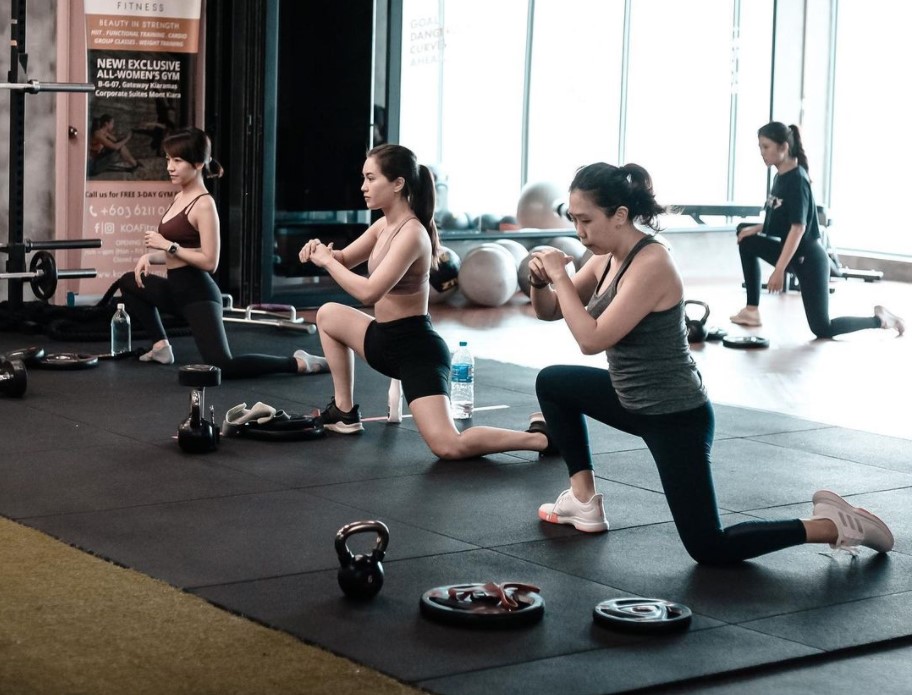Exercise is essential for both physical and mental health, and choosing the right gym can make all the difference in helping you reach your fitness goals. With the variety of gym options available, it can be difficult to know which one is right for you. To help you make an informed decision, it’s important to understand the different types of gyms and what they have to offer.
Traditional Gyms
Traditional gyms are the most common type of gym facilities, offering a wide range of equipment, classes, and amenities. Pros of traditional gyms include a large variety of equipment, access to classes and personal trainers, and a wide range of amenities, such as saunas, steam rooms, and pool facilities. Cons of traditional gyms include busy crowds, long wait times for equipment, and high membership fees. Examples of traditional gym chains include 24 Hour Fitness, Gold’s Gym, and Anytime Fitness.
Boutique Gyms
Boutique gyms are a more specialized type of gym, offering a smaller, more intimate atmosphere and focused on specific types of exercise, such as cycling, yoga, or Pilates. Pros of boutique gyms include a more personalized experience, a community atmosphere, and specialized equipment and classes. Cons of boutique gyms include higher membership fees, limited equipment, and a lack of variety in classes and amenities. Examples of popular boutique gym chains include SoulCycle, Pure Barre, and Club Pilates.
Studio Gyms
Studio gyms offer a more private, one-on-one workout experience, typically offering personal training or small group training sessions. Pros of studio gyms include a more personalized workout experience, individualized attention, and specialized equipment and classes. Cons of studio gyms include higher membership fees, limited equipment and class options, and a lack of community atmosphere. Examples of popular studio gym chains include Equinox, Orangetheory Fitness, and Barry’s Bootcamp.
Community Centers and YMCAs
Community centers and YMCAs offer a wide range of fitness and recreational activities, typically at a lower cost than traditional or boutique gyms. Pros of community centers and YMCAs include a variety of fitness and recreational activities, lower membership fees, and a community atmosphere. Cons of community centers and YMCAs include limited equipment, fewer class options, and less personalized attention. Examples of popular community centers and YMCAs include the YMCA, JCC, and local recreation centers.
At-Home Workouts and Virtual Gyms
At-home workouts and virtual gyms offer the convenience of working out in the comfort of your own home, using equipment or virtual workout programs. Pros of at-home workouts and virtual gyms include the convenience of working out at home, the ability to exercise on your own schedule, and lower membership fees. Cons of at-home workouts and virtual gyms include limited equipment options, a lack of community atmosphere, and the need for self-motivation. Examples of popular at-home workout programs and virtual gyms include Peloton, Nike Training Club, and Beachbody On Demand.
Conclusion
Choosing the right gym can make all the difference in helping you reach your fitness goals. Whether you prefer a traditional gym, a boutique gym, a studio gym, a community center or YMCA, or an at-home workout, it’s important to consider your goals, budget, and lifestyle when making a decision. With the variety of gym options available, there’s something for everyone, so why not choose the right gym for your needs and start your fitness journey today?





